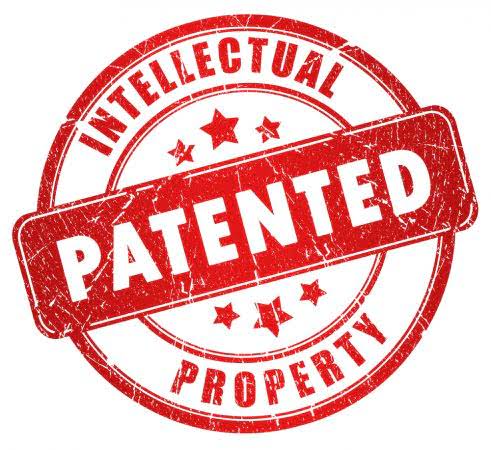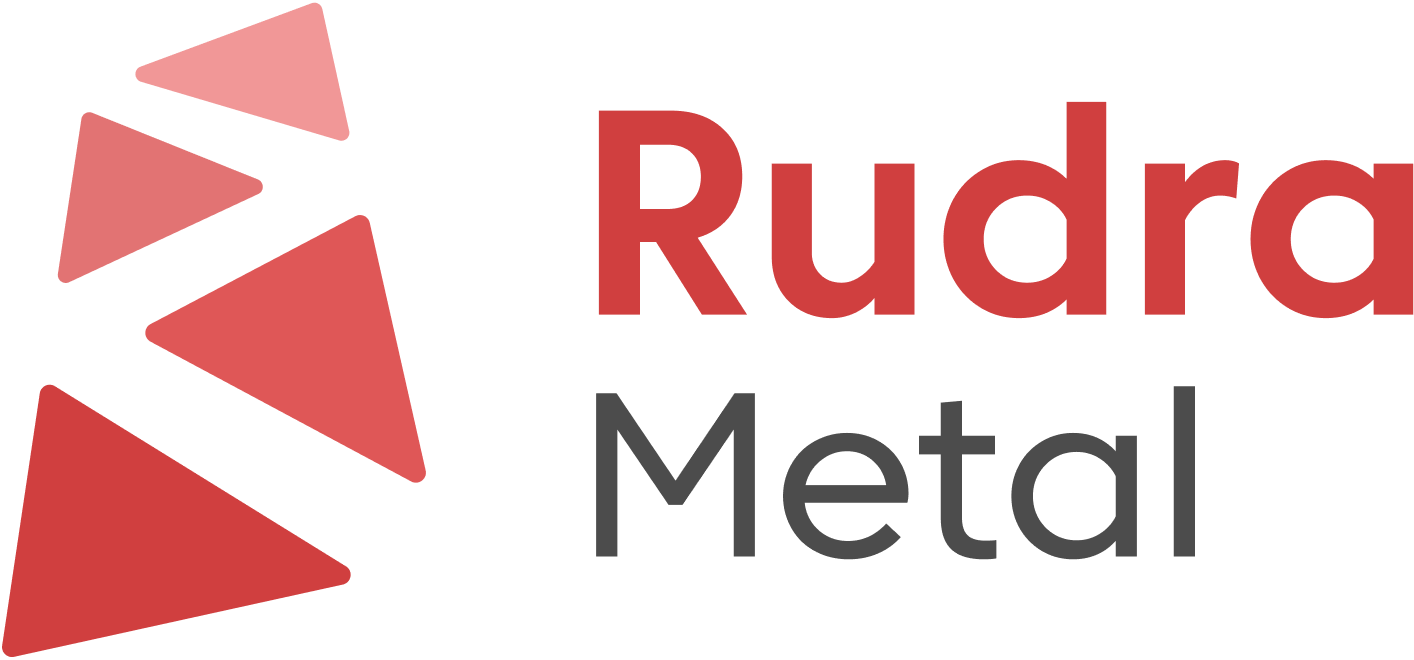Content

To calculate this, we’ll put the figures into our formula from above. When performing a calculation of equity, the formula is simple. Equity is equal to all of a business’s assets minus its liabilities. When owners make withdrawals, the amounts are considered capital gains and so can be subject to capital gains tax. Business owners should be aware of the impact of their decisions on owner’s equity.

It shows what the business has contributed to owner equity after providing for family living expenses or other withdrawals and dividends. The amount for retained earnings shows the total progress of the business from the inception to the balance sheet date. The change in retained earnings from year to year is a good indication of the ability of the business to continue to compete in current economic conditions. The same logic may be applied when preparing farm and personal financial statements.
The articles and research support materials available on this site are educational and are not intended to be investment or tax advice. All such information is provided solely for convenience purposes only and all users thereof should be guided accordingly. Before making any major decisions regarding property purchases or other important financial matters, it is important to understand the current value of one’s home. The amount of tax an individual pays based on their assessed value is determined by a local government authority. By calculating the value of your home, you can determine how much equity you have built up over time and decide if it would be worth renting instead of selling. The Professionals – stock analysts, money and investment managers and so on carefully read through and dissect the statement of Owner’s Equity (or at least they should!) . This is a rather sneaky way of by passing the income statement.
Market Value Of Equity In Accounting
Harold Averkamp has worked as a university accounting instructor, accountant, and consultant for more than 25 years. He is the sole author of all the materials on AccountingCoach.com. There is also such a thing as negative brand equity, which is when people will pay more for a generic or store-brand product than they will for a particular brand name. Negative brand equity is rare and can occur because of bad publicity, such as a product recall or a disaster.
- The statement of cash flows tracks the movement of cash during a specific accounting period.
- Traditional costing sometimes gives misleading estimates of these costs.
- When a business goes bankrupt and has to liquidate, equity is the amount of money remaining after the business repays its creditors.
- He Owners equity concept applies to companies in business, but it is similar to the notion in personal finance, where a homeowner speaks of “equity” in a home property.
- The relative magnitudes of creditor supplied funds compared to investor provided funds is the firm’s level of financial leverage.
- Owner’s equity is a representation of several components within it.
It is also known as net worth, net assets, or shareholders’ funds. Stockholders’ equity is the remaining amount of assets available to shareholders after paying liabilities. The balance sheet may seem to stand alone — like an island to itself — because it’s presented on a separate page in a financial report.
Connect With Ag Business Management
The owner’s equity of a business is the residual amount left after deducting all liabilities from book value of company assets. It isn’t a measure of the value of a company, but rather a way to track both paid-in capital and retained earnings. Paid-in capital or contributed capital are contributions of the business owners while retained earnings are the accumulated net income and losses throughout the life of the business. The equity meaning in accounting could also refer to its market value. This is based on current share prices, or a value determined by the company’s investors. With this secondary meaning, it’s usually called shareholders’ equity or net worth.
Learn how to utilize the farm financial trends worksheet to gain insight into your farms financials performance and changes in financial position. 1 The entire set of rules for valuation of assets as prescribed by GAAP is beyond the scope of this fact sheet.
Statement Of Owners Equity In Larger Corporations
This figure either contributes to or has a negative effect on net worth depending on the market valuation changes and the resulting deferred tax liability change. The net worth at the beginning of the year, taken from the balance sheet at the beginning of the year, is the starting figure for this statement of owner’s equity. Understanding a homeowner’s total equity, or net worth, gives a better sense of their overall value as an individual or business owner. Owner’s equity allows property owners to maintain ownership of the land or structure that they occupy. Homeowners can also use accumulated equity as collateral for loans for other major assets such as cars and boats.

A firm can thus dedicate its resources to fulfilling its financial obligations to creditors during downturns. However, company owners will expect management to add to Owners equity primarily by earning profits and then using them to grow retained earnings. Contributed capital in both categories can thus flow company and add to Owners equity at the company’s initial public stock offering . And, it will add again, later, when the firm issues more stock shares. Asset book values are not necessarily the same or even close to assets actual market value or realizable value.
Common Stock
Equity represents the shareholders’ stake in the company, identified on a company’s balance sheet. Owner’s equity can be calculated by summing all the business assets and deducting all the liabilities . For most companies, higher stockholders’ equity indicates more stable finances and more flexibility in case of an economic or financial downturn. When examined along with these other benchmarks, the stockholders’ equity can help you formulate a complete picture of the company and make a wise investment decision. Lower stockholders’ equity is sometimes a sign that a firm needs to reduce its liabilities. Stockholders’ equity increases when a firm generates or retains earnings, which helps balance debt and absorb surprise losses. Free AccessFinancial Metrics ProKnow for certain you are using the right metrics in the right way.
The model lets you answer “What If?” questions, easily and it is indispensable for professional risk analysis. Modeling Pro is an Excel-based app with a complete model-building tutorial and live templates for your own models. IT systems, vehicles, machinery and other assets sometimes come with hidden costs that exceed their purchase price.
Equity, Owners Equity, Stockholders Equity
At some point managers need to understand the statements and how you affect the numbers. Learn more about financial ratios and how they help you understand financial statements. Equity is an important concept in finance that Owner’s Equity has different specific meanings depending on the context. Perhaps the most common type of equity is “shareholders’ equity,” which is calculated by taking a company’s total assets and subtracting its total liabilities.
- Growth in owner’s equity can be seen in increased productivity and sales, especially when combined with lower expenses.
- One may say that the transfer of ownership for a price is the essence of a sale.
- When owners make withdrawals, the amounts are considered capital gains and so can be subject to capital gains tax.
- Analyzing the total owner’s equity over time also helps determine if the company is gaining or losing value.
So, the owners have to only focus on increasing the business & controlling the costs. Easier said than done & this is the toughest thing in the economy. Because owners are exposed to ample risks like industry risk, product risk, finance risk, etc., they have to deal with all to flourish the venture.
On the other hand, market capitalization is the total market value of a company’s outstanding shares. Apple’s current market cap is about https://www.bookstime.com/ $2.2 trillion, so investors clearly think Apple’s business is worth many times more than the equity shareholders have in the company.

In the case of discounted cash flow, for example, an analyst forecasts future cash flows before discounting these back to present value. To come to any conclusions using a complicated method like this, analysts look at all aspects of the business. Sonya Stinson is a New Orleans-based writer who covers personal finance, careers, higher education, small business and lifestyle topics. Her work has appeared in Forbes.com, Bankrate.com, CNNMoney.com, Black MBA, Entrepreneur, Minority Nurse, American Craft, The Christian Science Monitor and many other publications. Finally, it’s important to note that owner’s equity is different from an owner’s draw, which refers to money that is actually paid to the owner of a business. It is calculated as on a specific date since it is a part of the balance sheet.
How Does Owners Equity Increase In A Business?
We also reference original research from other reputable publishers where appropriate. You can learn more about the standards we follow in producing accurate, unbiased content in oureditorial policy. Therefore, the value of Jake’s worth in the company is $1.1 million.
Owners Equity Accounts
Additionally, higher business profits and decreased expenses can increase owner’s equity. To further increase that worth, business expenses can be decreased. According to the Corporate Finance Institute, owner’s equity refers to how much of a company’s total asset value its owners or its shareholders have a right to claim.
How Does Stockholders’ Equity Work?
Additionally, owner’s equity can be reduced by taking out loans to purchase assets. Therefore, they reduce the value of the business’s assets when calculating equity. Owner’s equity refers to the owner’s investment in an asset after all liabilities have been deducted. In other words, it’s the difference between the amount of assets and the value of liabilities that allows you to know what you own after paying off debts. Owner’s equity can also be referred to as net worth or net assets. If it’s a negative amount, it will be reflected on the balance sheet. Because liabilities take precedence over equity, failing to consider your liabilities will give you a false sense of what you really own.
